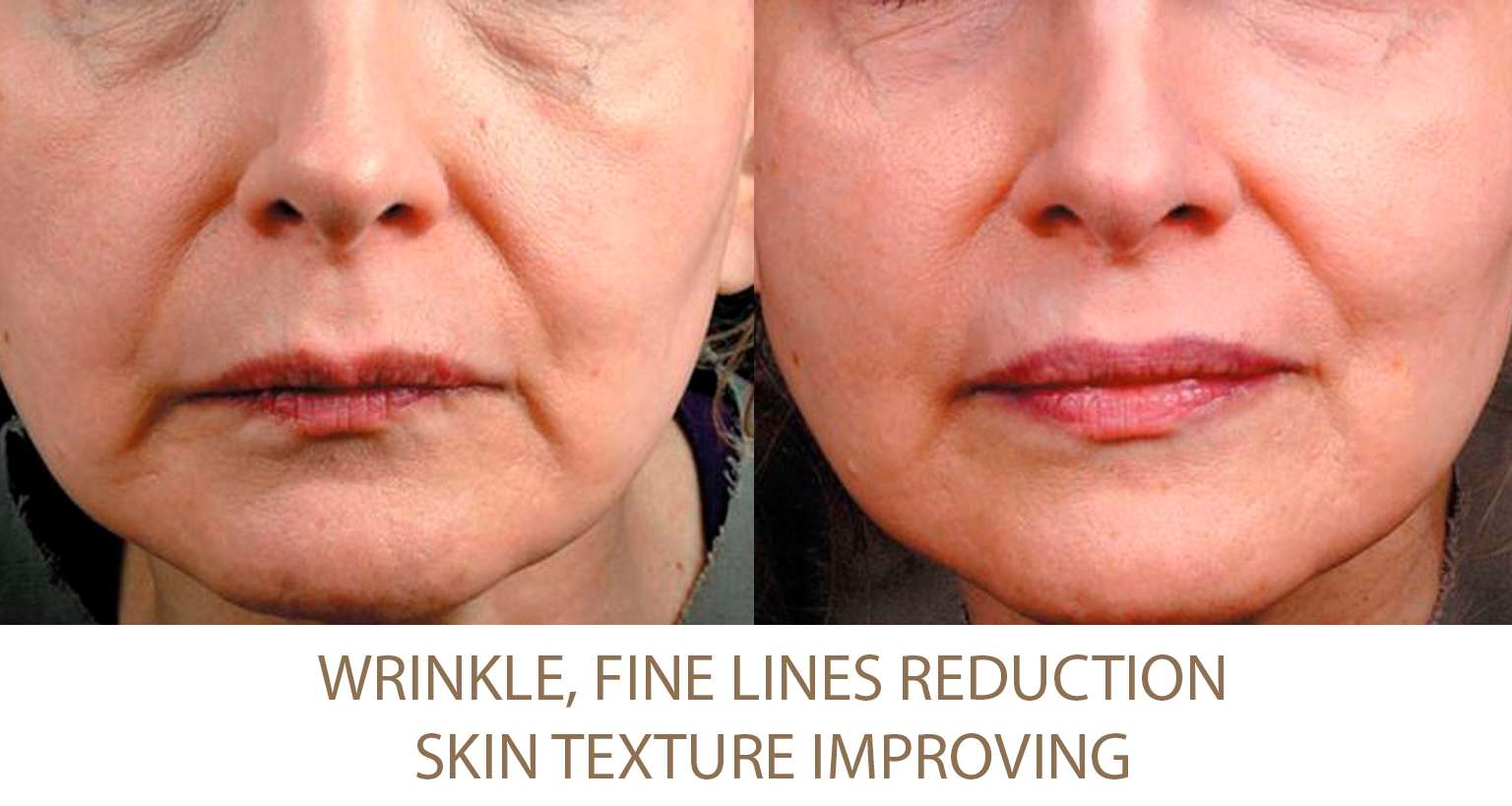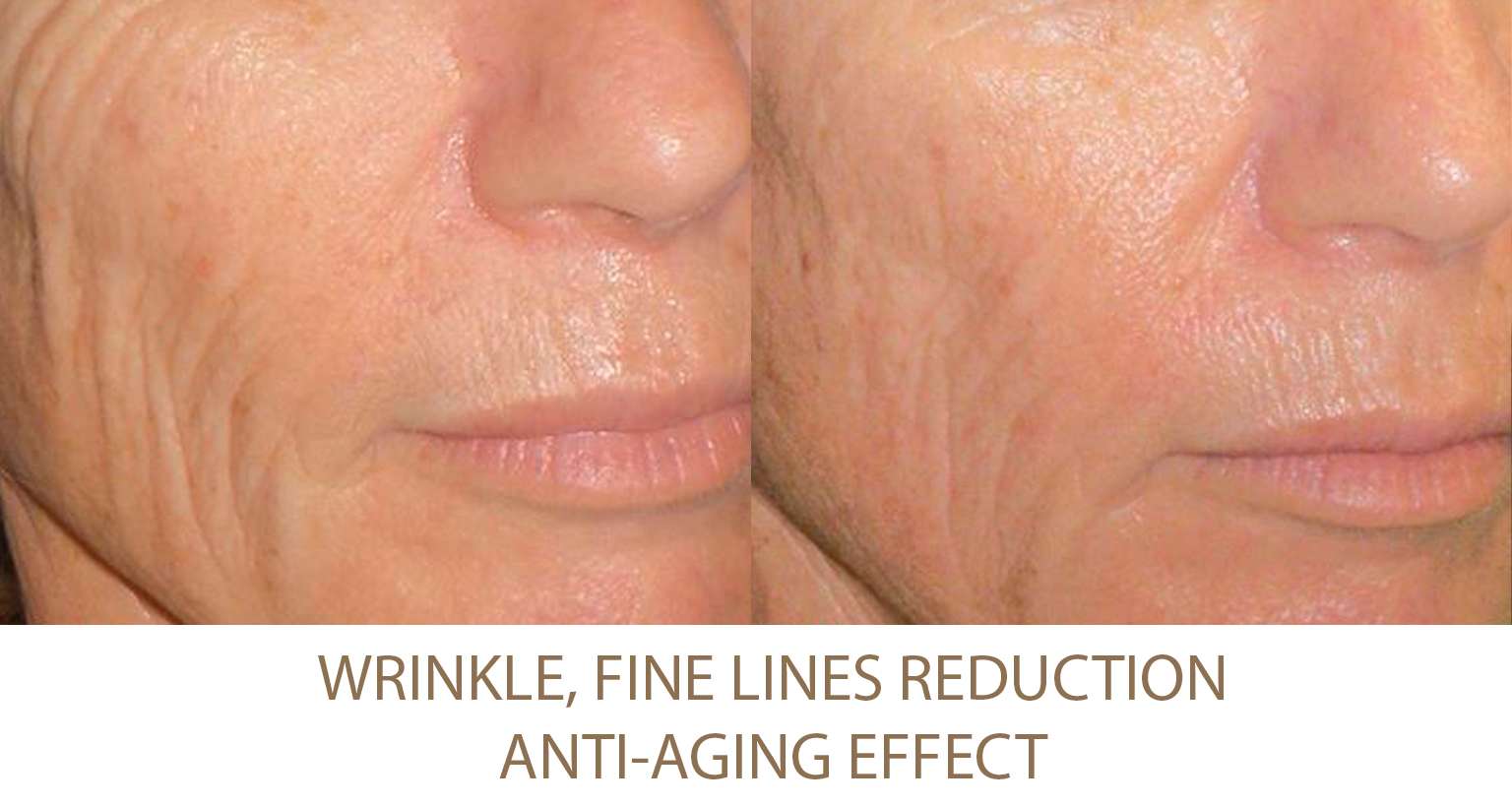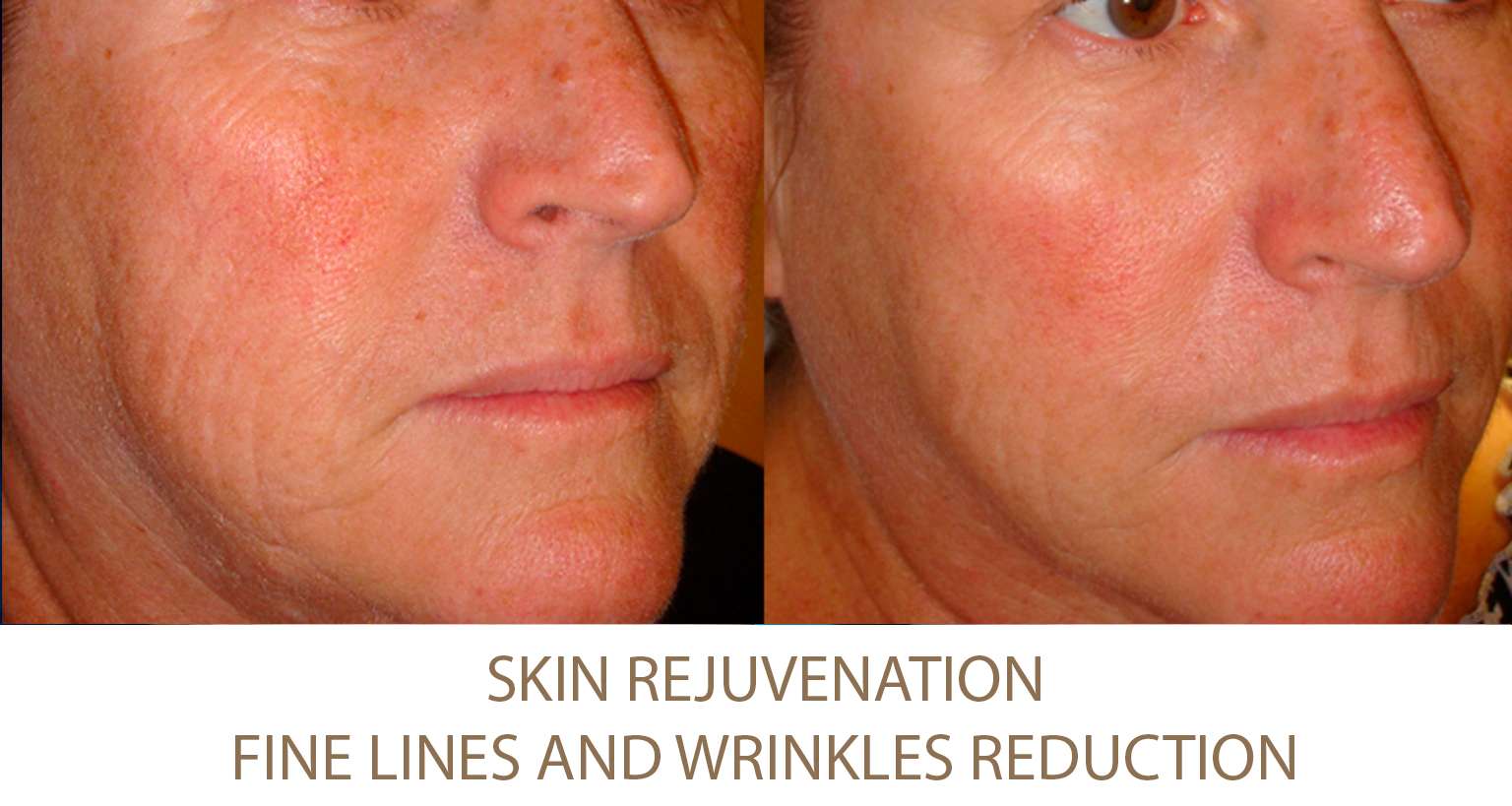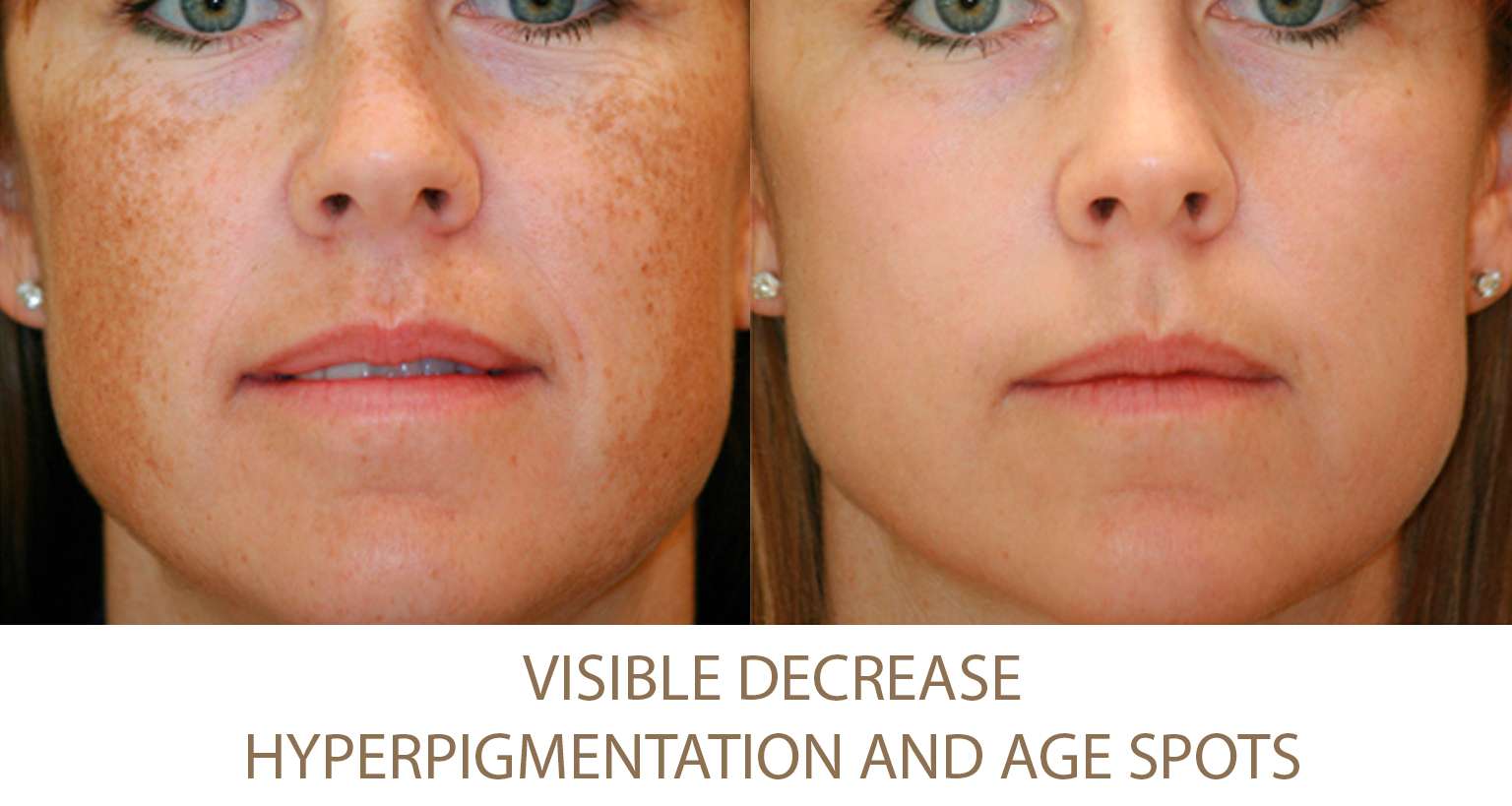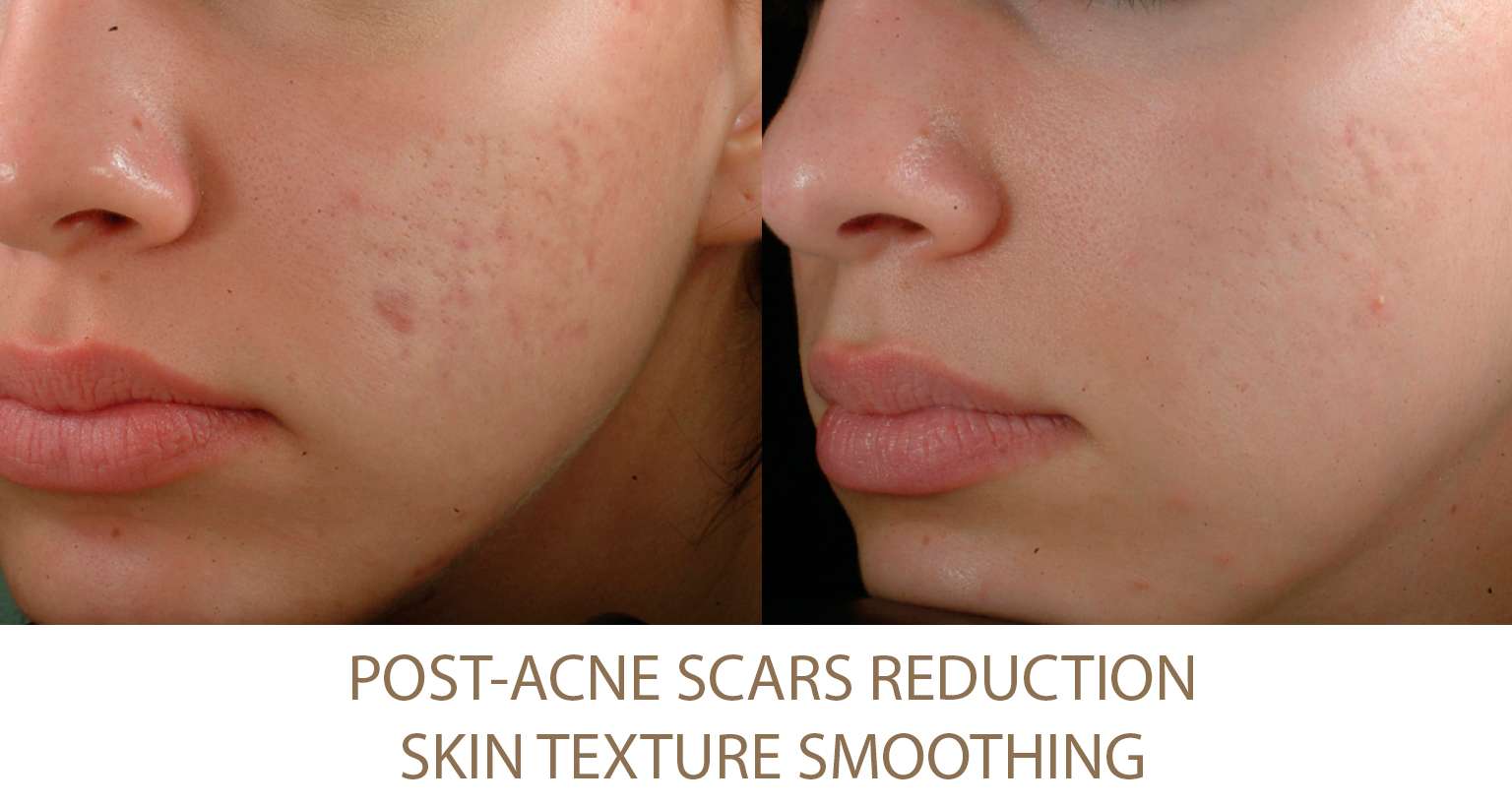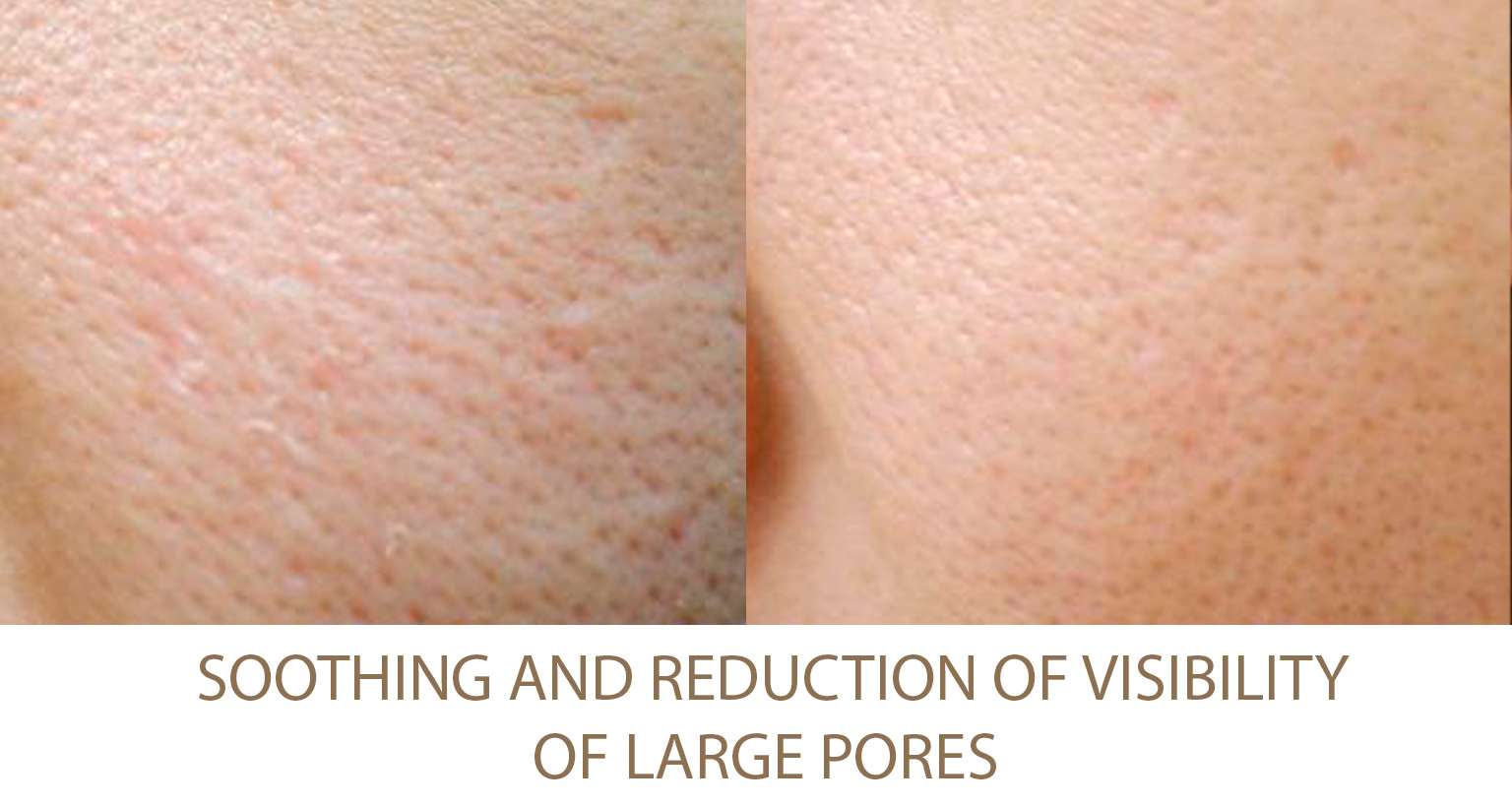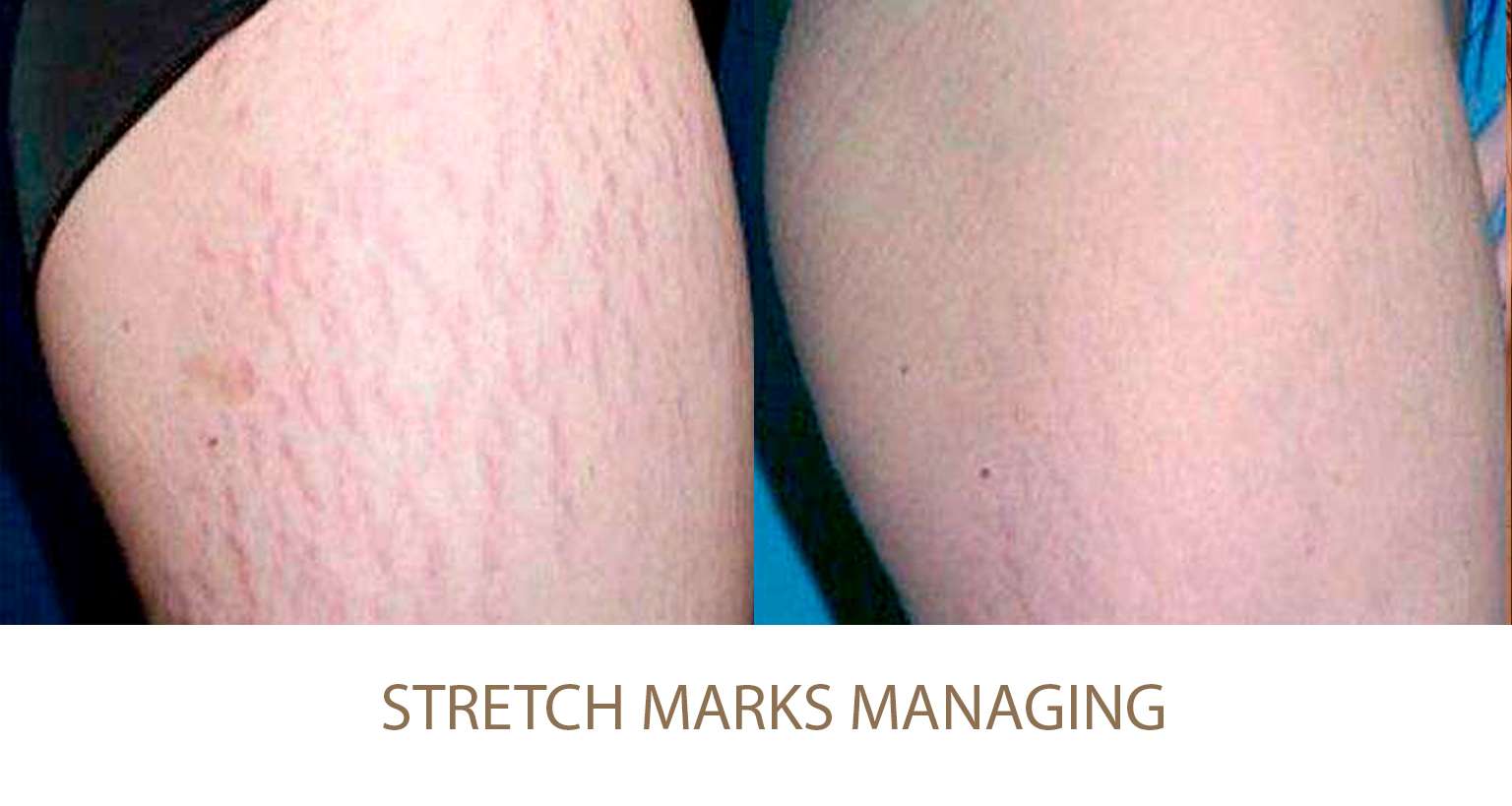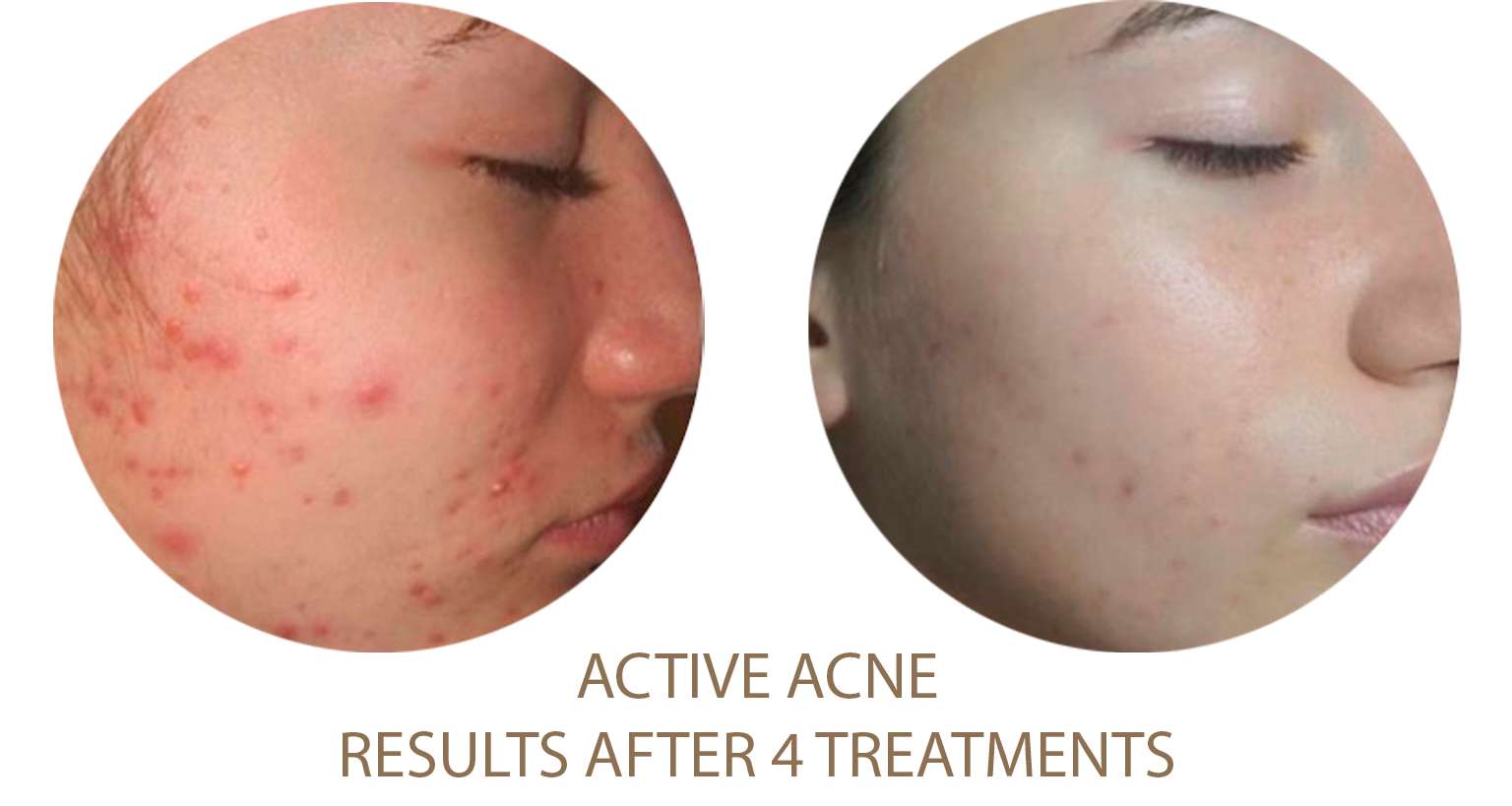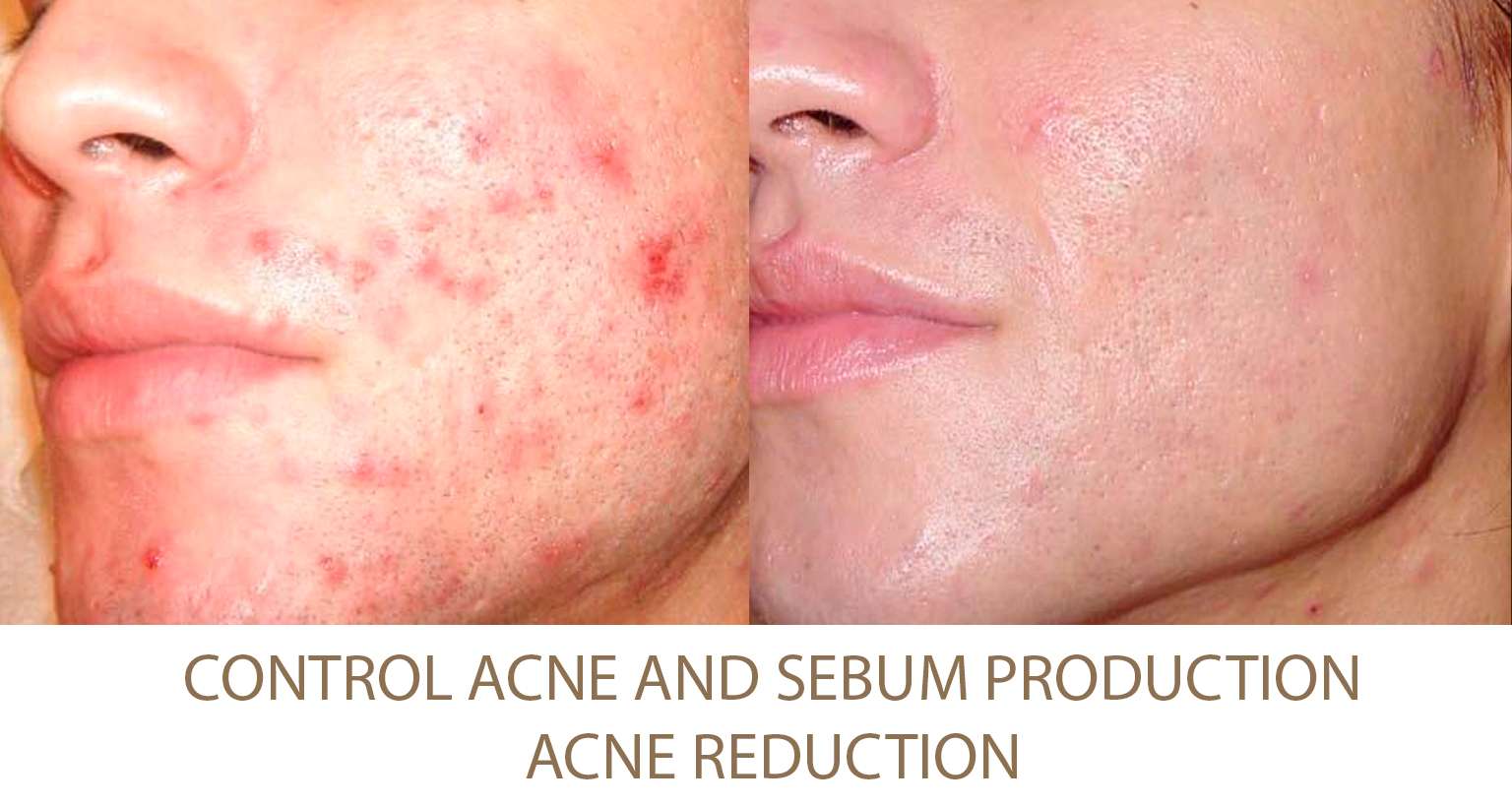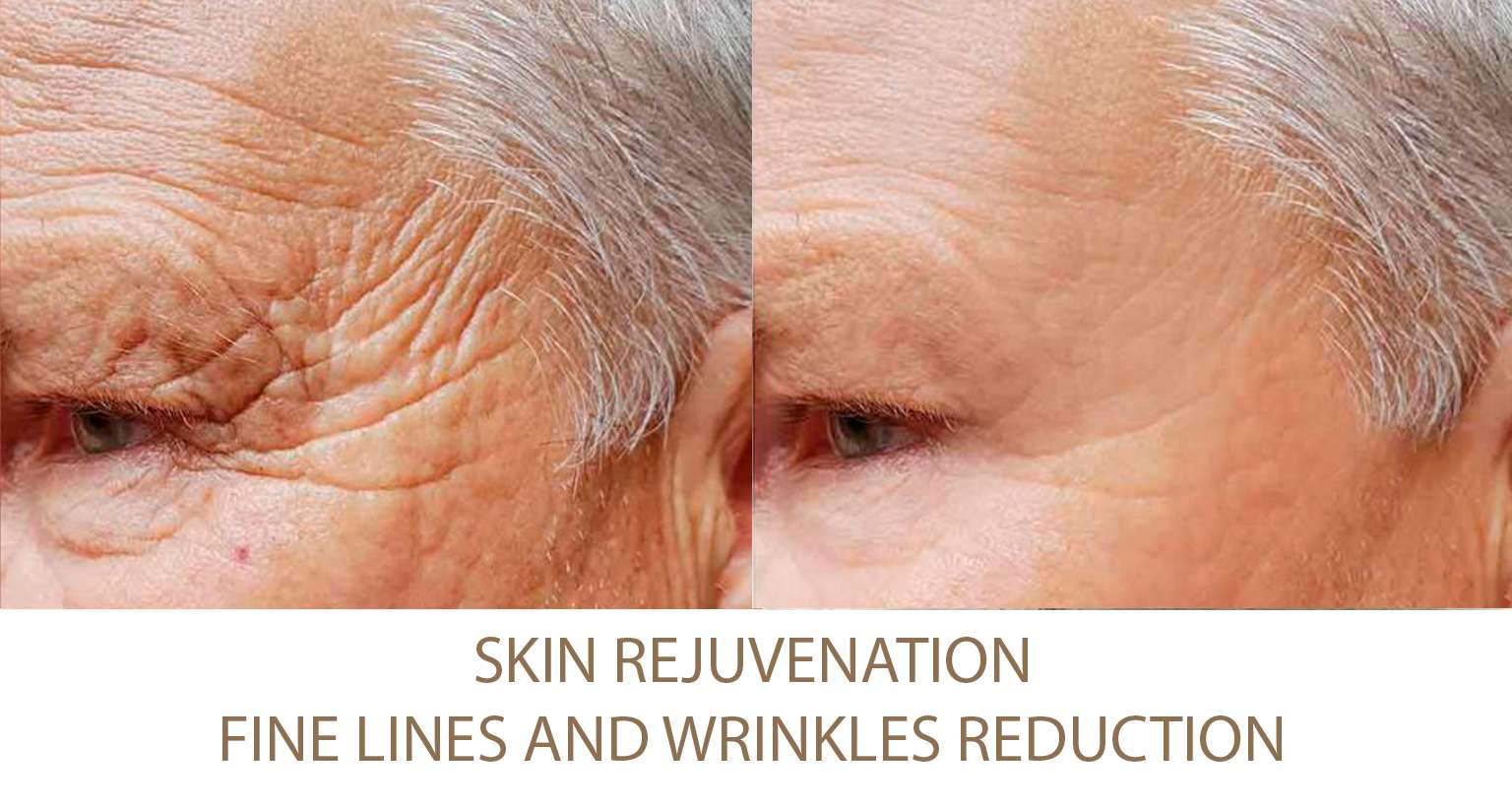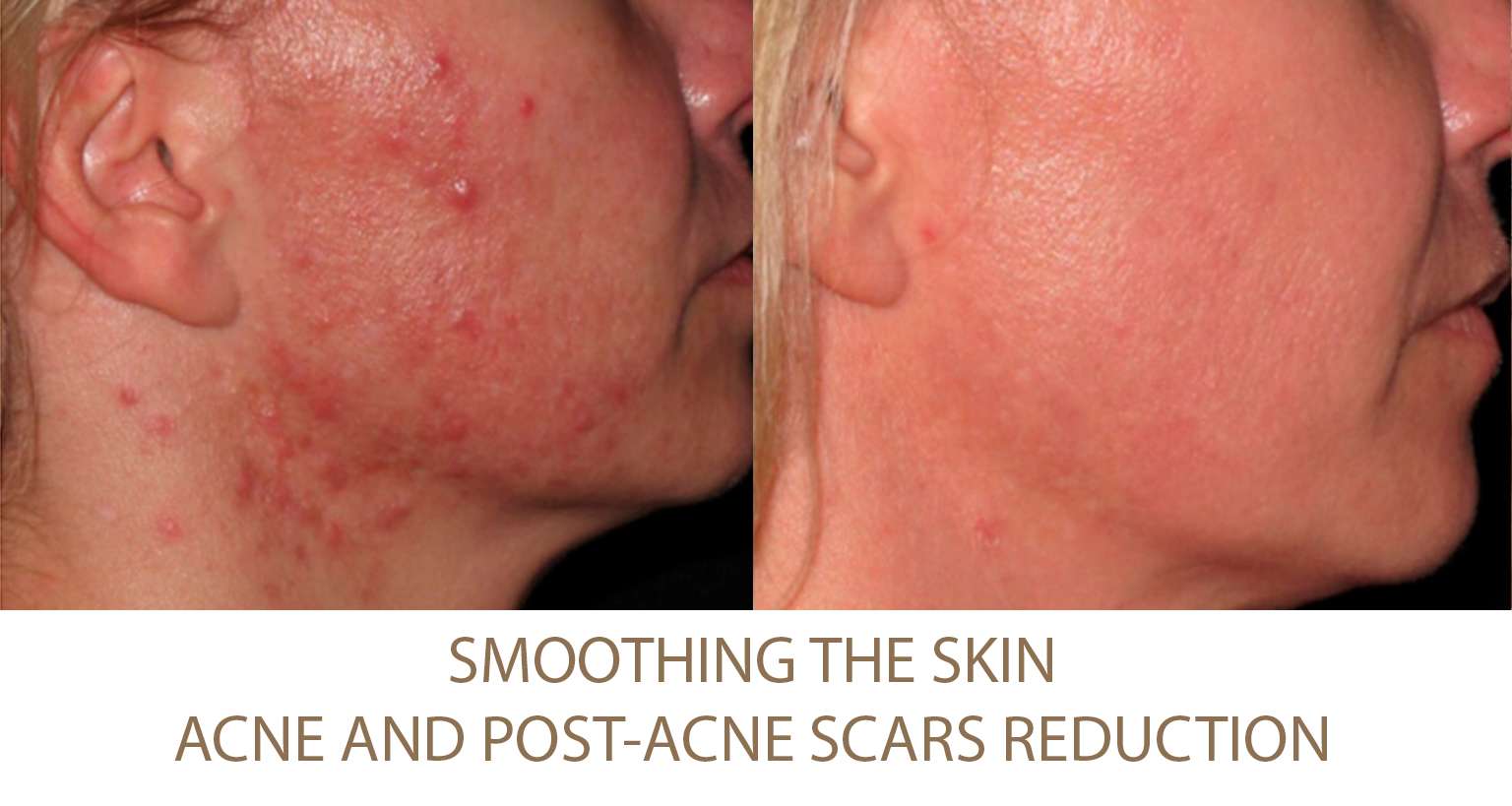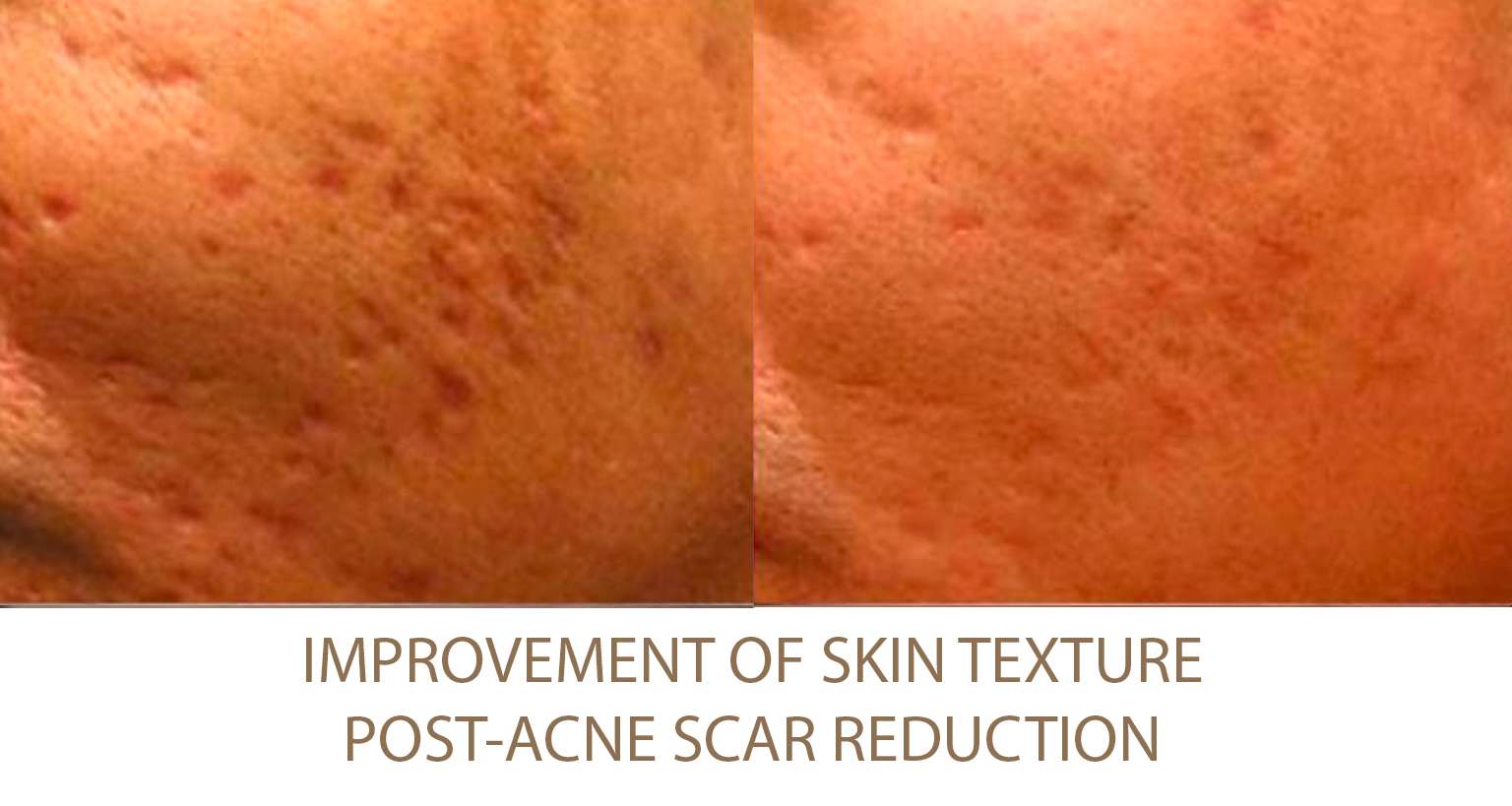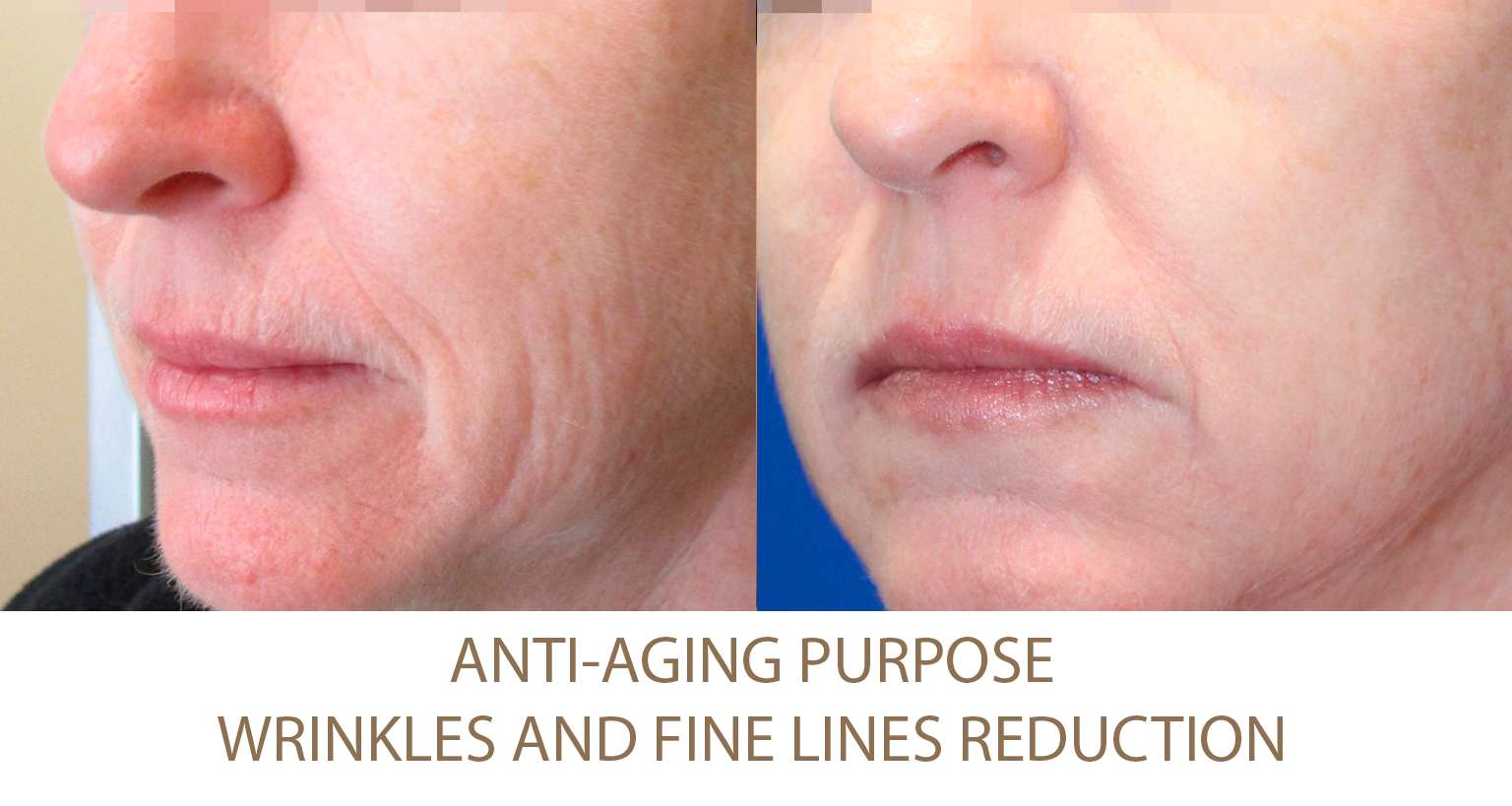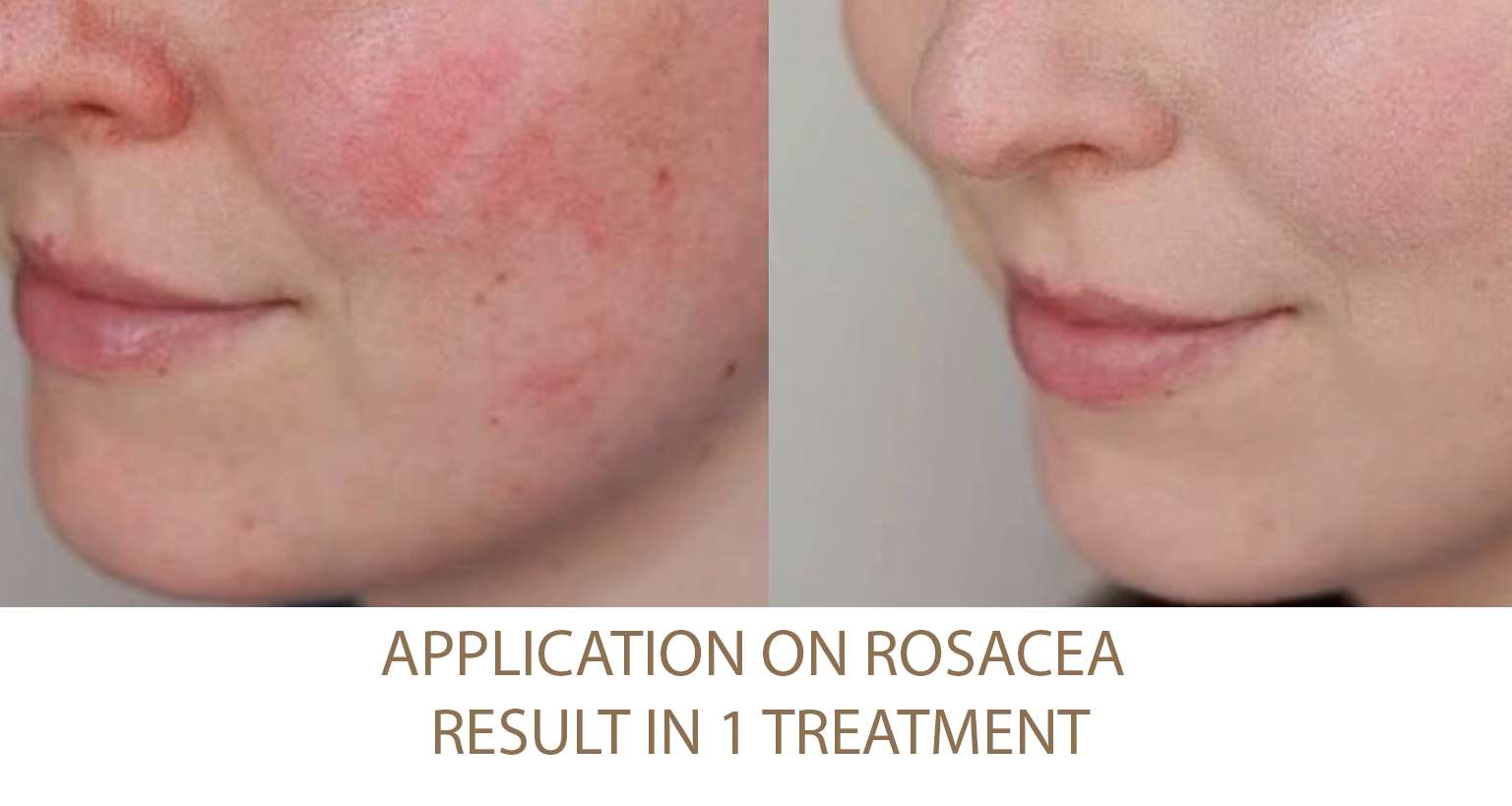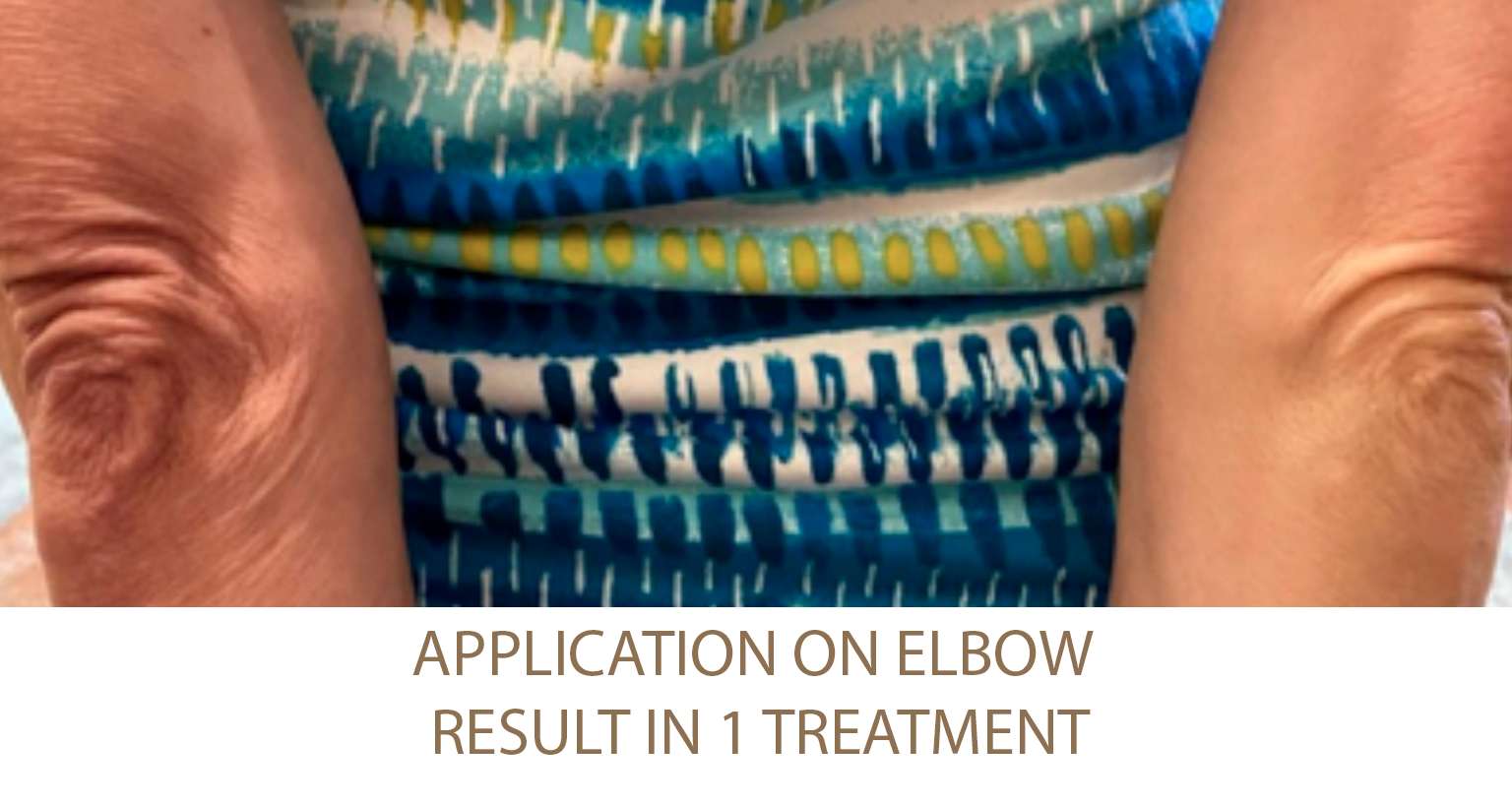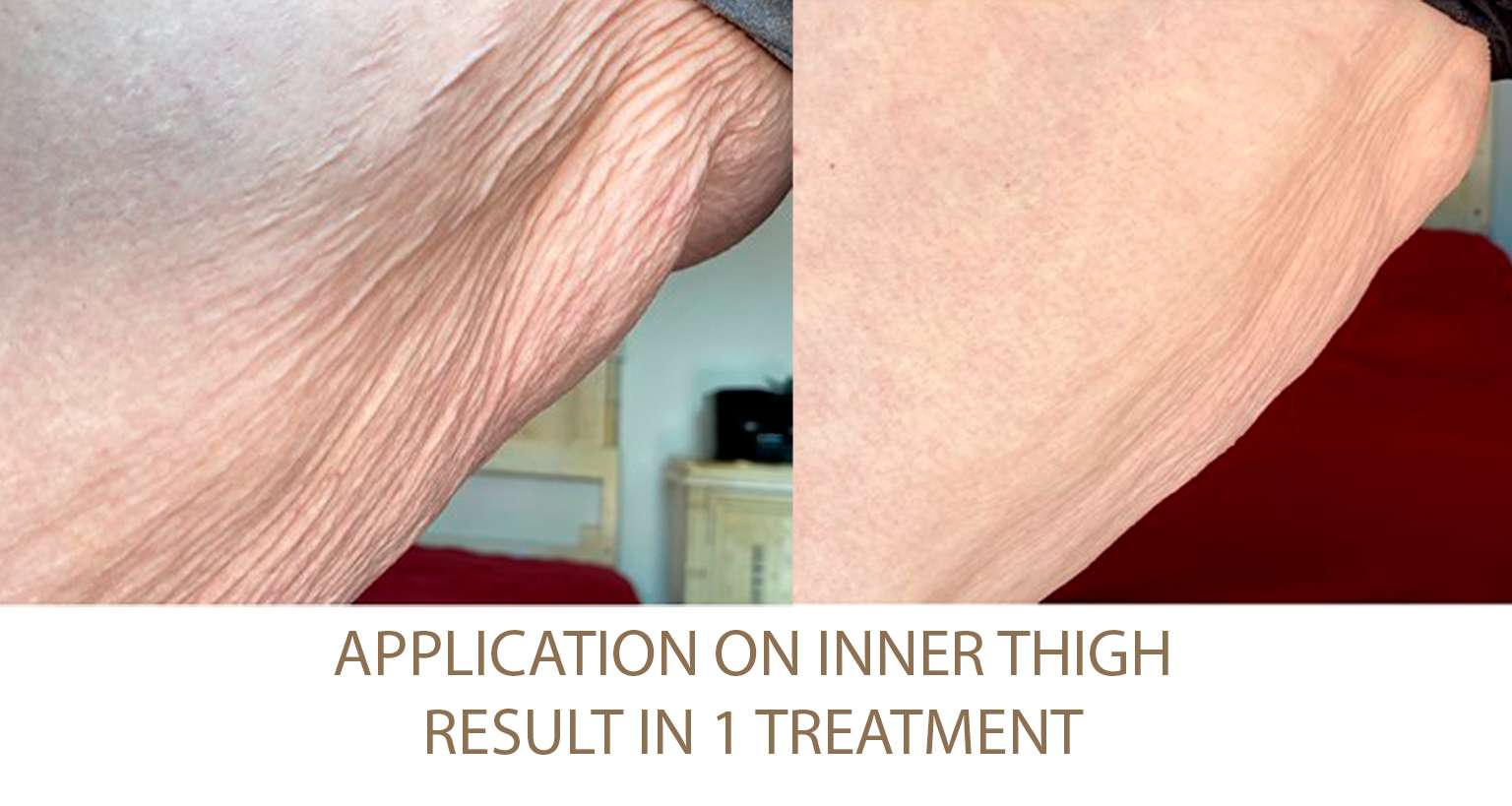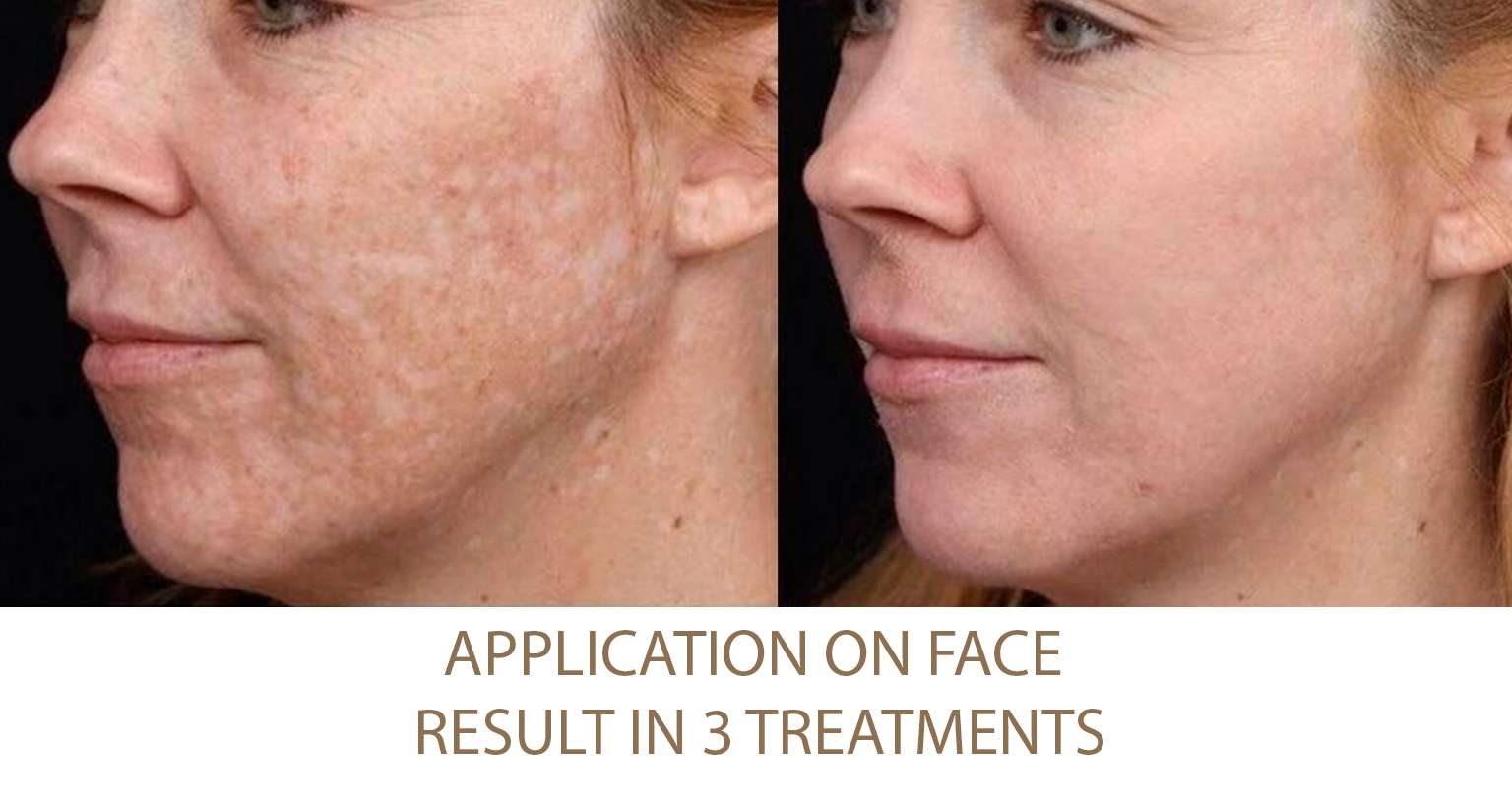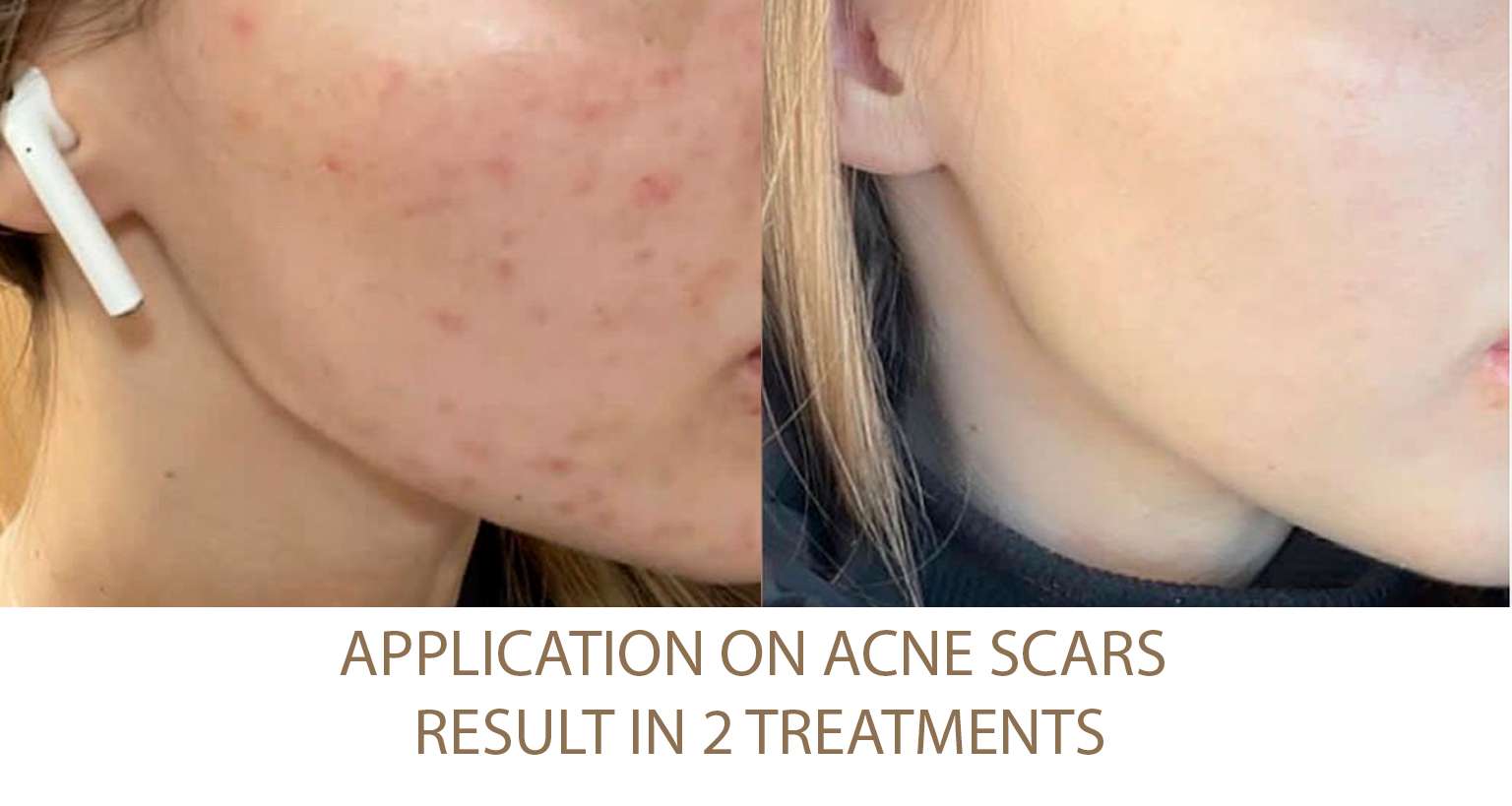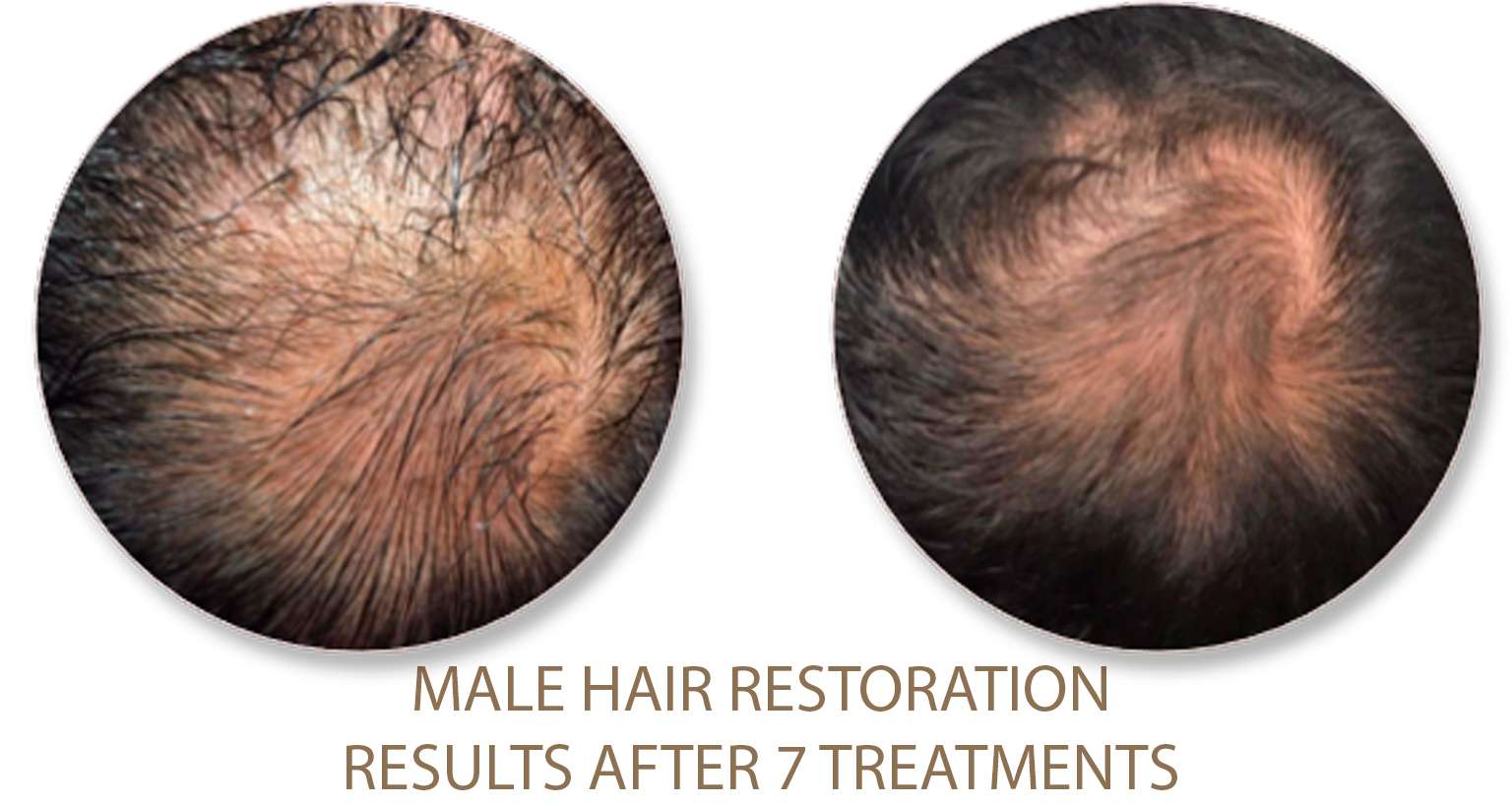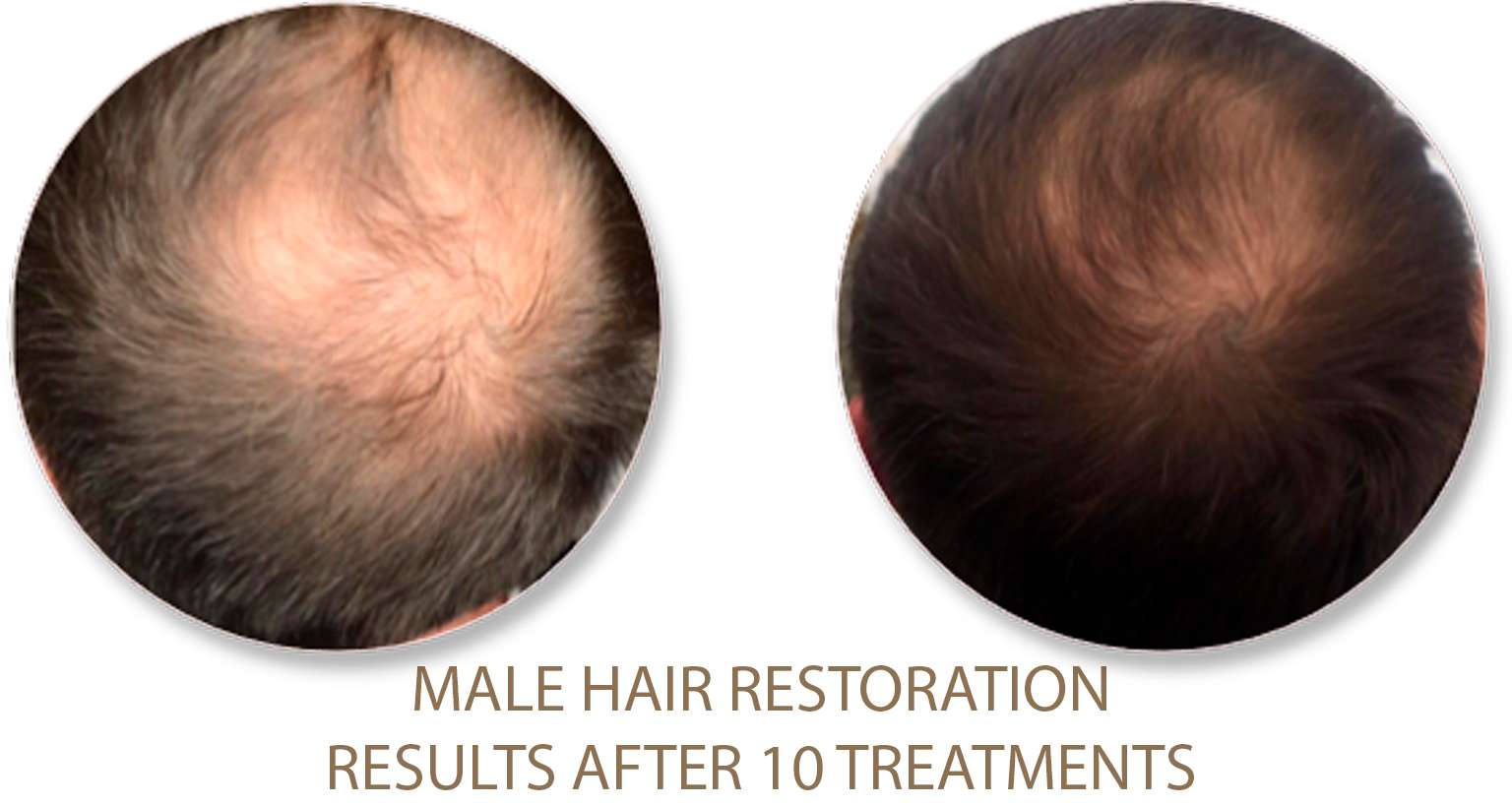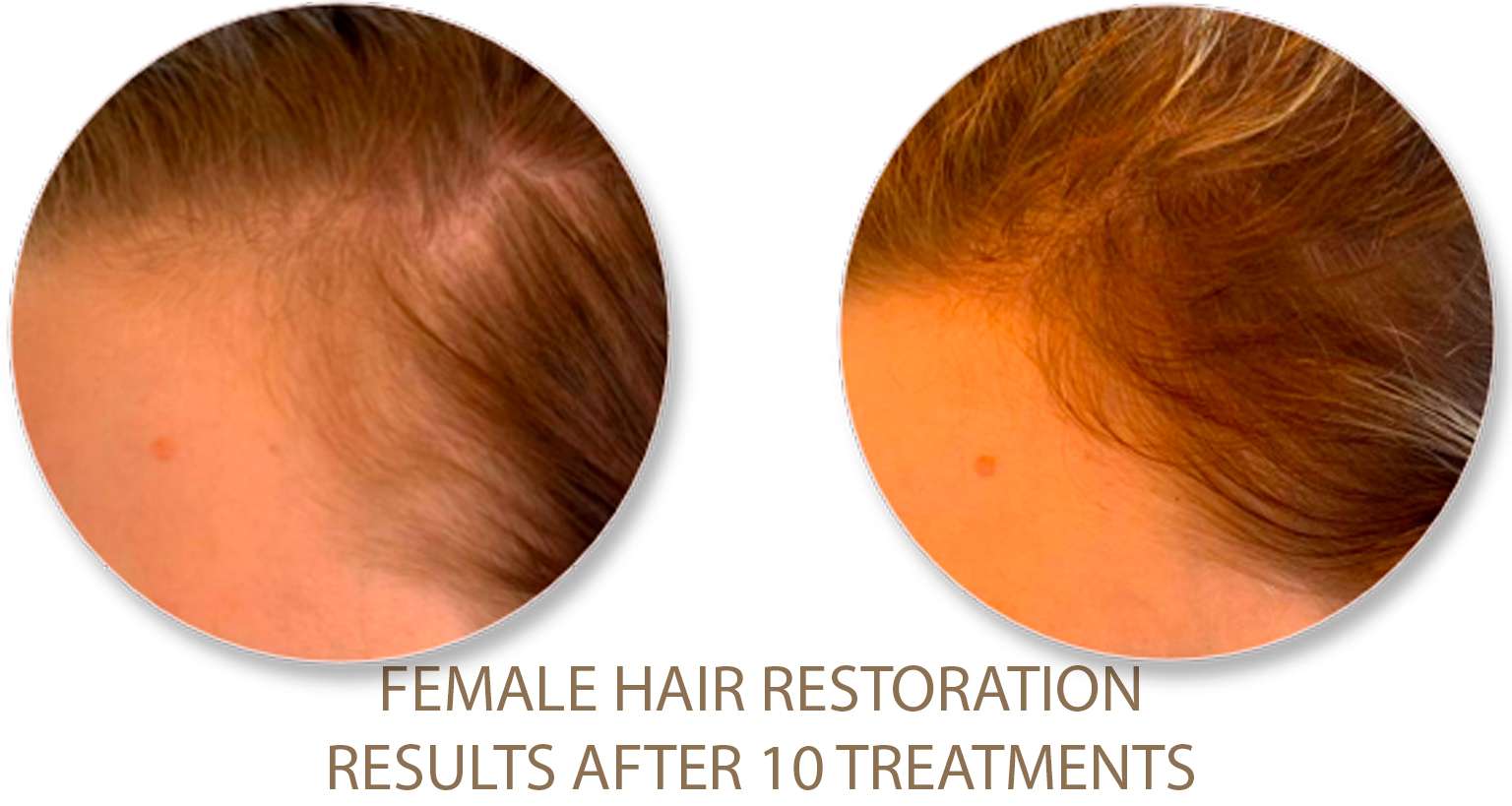Stretch Marks
Appear during weight loss/gain and pregnancy an can appear anywhere on the body
What are Stretch Marks?
Stretch marks, also known as striae, are a type of skin scarring that occurs when the skin stretches or shrinks rapidly. They are characterized by narrow, long, and sometimes wavy lines that can appear in various colors, including pink, red, purple, brown, or white, depending on the age of the marks and your skin tone.
The most common areas for stretch marks to appear include the abdomen, breasts, thighs, hips, buttocks, and upper arms. They often occur during periods of rapid growth, such as during pregnancy, puberty, or significant weight gain or loss. Stretch marks can also be associated with certain medical conditions or the use of corticosteroid medications.
Stretch marks are caused by the stretching of the middle layer of the skin called the dermis. When the skin is stretched beyond its normal limits, the collagen and elastin fibers in the dermis can tear, leading to the formation of the characteristic lines we see as stretch marks. Initially, they may feel slightly raised and have a different texture than the surrounding skin, but over time, they tend to flatten and fade.
Stretch marks occur in both women and men. The thighs, hips, butts and pregnant abdomens are common areas. They are often made worse by fast growth, pregnancy, hormones or weight loss or weight gain.

Treatments for Stretch Marks:
What causes Stretch Marks?
Stretch marks are caused by the stretching and tearing of the middle layer of the skin, known as the dermis. This stretching occurs when the skin is subjected to rapid changes in size or shape, typically during periods of growth or weight fluctuations. There are several common causes of stretch marks:
Pregnancy: One of the most common causes of stretch marks is pregnancy. As the baby grows inside the womb, the skin on the abdomen is stretched to accommodate the expanding uterus, leading to the formation of stretch marks.
Puberty: Adolescents often experience rapid growth spurts during puberty. The sudden growth can lead to stretch marks on the thighs, hips, breasts, and other areas.
Weight fluctuations: Significant changes in body weight, whether due to weight gain or weight loss, can cause the skin to stretch or contract rapidly, resulting in stretch marks.
Corticosteroid use: Prolonged or excessive use of corticosteroid medications can weaken the skin’s structure and make it more susceptible to stretch marks.
Genetic factors: Some individuals may be more predisposed to developing stretch marks based on their genetics. If other family members have had stretch marks, it might increase the likelihood of experiencing them as well.
Medical conditions: Certain medical conditions, such as Cushing’s syndrome and Marfan syndrome, can contribute to the development of stretch marks due to their effects on the skin’s elasticity.
Testimonials
What Our Clients Say:












